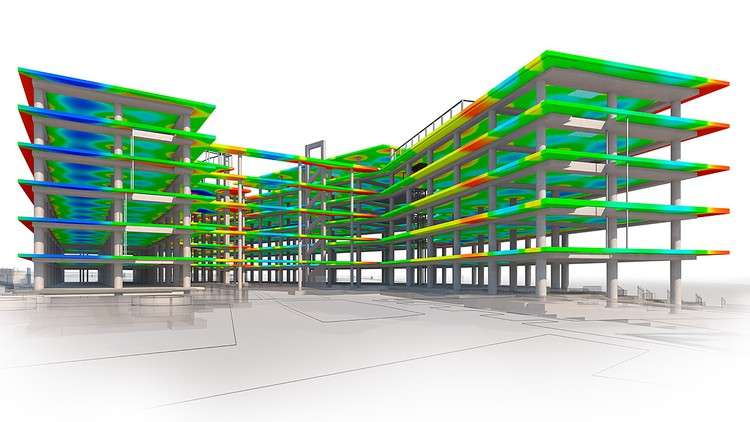
BIM
What you will learn
Make a holistic definition of BIM
Understand the concept of BIM
Better appreciation of the evolution of BIM enabled technologies
The Structure Of information and the information flow in construction project life cycle
Description
The Structure of Information is important because it allows other project team members to re-use the information that others have produced to carry out their tasks. If they cannot directly re-use the information produced by others, they will need to recreate it for their use. Every time that a project team member duplicates information then, there are risks associated with: An error occurs while recreating the information using out-of-date information.
In 2002 the National Institute of Standards and Technology (NIST) assessed the cost of Inadequate Interoperability in the U.S. Capital Facilities Industry. The cost of inadequate interoperability was quantified by comparing current business activities and costs with a hypothetical counterfactual scenario in which electronic data exchange, management, and access are fluid and seamless. This implies that information must be entered into electronic systems only once, and it is then available to all stakeholders instantaneously through information technology networks on an as-need basis.
The concept of fluid and seamless data management encompasses all process data directly related to the construction and facility management process, including initial designs, procurement information, as-builts, and engineering specifications for O&M. The difference between the current and counterfactual scenarios represents the total economic loss associated with inadequate interoperability. Examples of inefficiencies resulting from inadequate interoperability include manual re-entry of data, duplication of business functions, and the continued reliance on paper-based information management systems. For the context of this analysis, three general cost categories were used to characterize inadequate interoperability: avoidance costs, mitigation costs, and delay costs.
Avoidance costs are related to the ex-ante activities stakeholders undertake to prevent or minimize the impact of technical interoperability problems before they occur.
Content